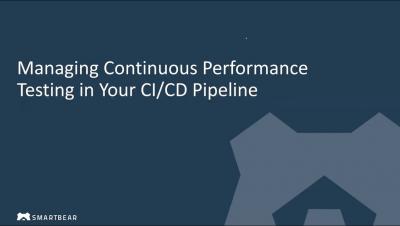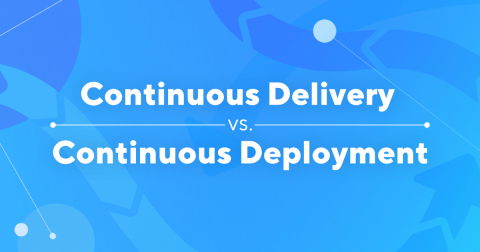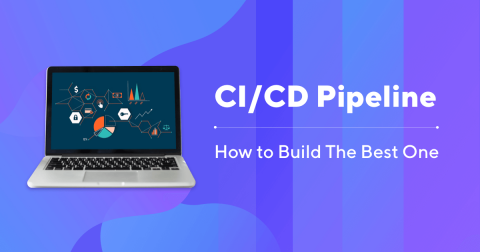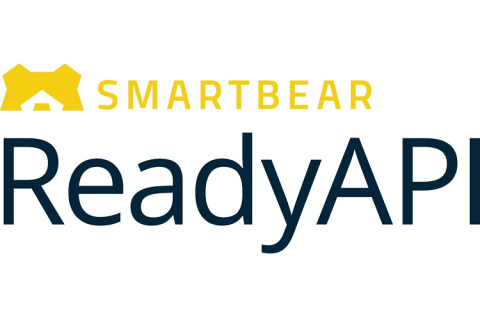Systems | Development | Analytics | API | Testing
CI CD
Best 14 CI/CD Tools You Must Know | Updated for 2019
“Quality at Speed” is the new norm in software development. Enterprises are making their moves toward DevOps methodologies and Agile culture to accelerate the delivery speed and ensure product quality. In DevOps, a continuous and automated delivery cycle is the backbone that makes fast and reliable delivery possible. This results in the need for proper continuous integration and continuous delivery (CI/CD) tools.
Continuous Delivery vs. Continuous Deployment: Where to draw the line?
You’ve likely heard of the term CI/CD pipeline. You have probably known about these practices: continuous integration, continuous delivery, and continuous deployment as well. But the uncertainty remains: What are the differences between continuous delivery and continuous deployment? Which one should you apply to your CI/CD pipeline? How are these terms related to one another? How to find out which one suits your team best?
CI/CD Pipeline: What, Why & How to Build The Best One
To gain full potential of the software development workflow, developers today must familiarize themselves with the best workflows, practices, and tools. Fast software production is no longer enough to win today’s technology marketplace. Deployments have to be faster, more reliable, and more accurate than the competitors. A sturdy CI/CD pipeline is the solution to this challenge.
SmartBear Unveils Latest Innovations for CI/CD Pipelines at Jenkins World
Continuous Integration made easy in the Cloud with Talend
In this blog I would like to highlight a new capability from our latest 7.2 Studio and its integration with Talend Cloud in the Summer ‘19 release. While this feature could be seen as a light improvement aiming to ease the life of Talend users, it’s in fact much more than that! While Talend has been delivering CI/CD capabilities for a very long time, the continuous integration tools landscape is evolving fast.
Top 10 Continuous Testing Tools | 2019 Updated
The third wave of test automation brings about more concepts in software delivery – one of which is ‘continuous testing.’ However, mastering continuous testing is difficult; choosing the right continuous testing tool is even more overwhelming.
What to Consider Before Applying CI/CD | A Beginner's Cheat Sheet
Continuous Integration and continuous delivery (CI/CD) is a complex part of any development cycle. It involves continuously integrating code into a shared repository to keep code progression amongst a team of developers running smooth and steady. This helps prevent merging errors, duplicated efforts and promoting collaboration to create a better product. That code is then thoroughly and continuously tested to keep problems from arising.
Katalon & LambdaTest: Maximizing Cross-browser Testing Environments
Katalon has recently rolled out an in-app integration with LambdaTest. LambdaTest is a cross-browser testing cloud services company that offers a wide range of real browsers and operating systems to perform live interactive testing, online automation with Selenium, as well as seamless testing collaboration.
Top 10 Benefits of Continuous Integration & Continuous Delivery
Continuous Integration (CI) allows you to continuously integrate code into a single shared and easy to access repository. Continuous Delivery (CD) allows you to take the code stored in the repository and continuously deliver it to production. CI/CD creates a fast and effective process of getting your product to market before your competition as well as releasing new features and bug fixes to keep your current customers happy.











